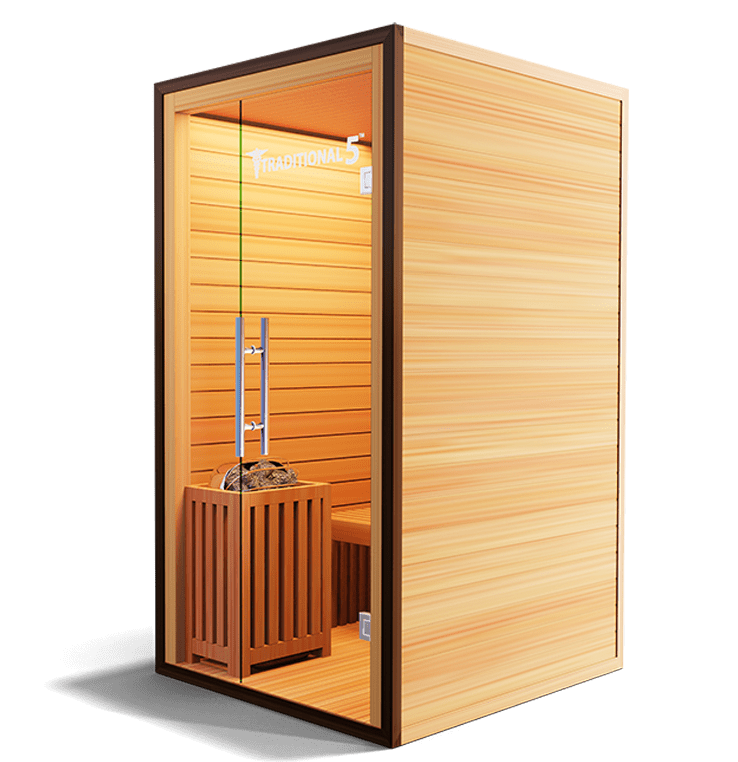An Unbiased View of Traditional Sauna
An Unbiased View of Traditional Sauna
Blog Article
The Definitive Guide to Traditional Sauna
Table of ContentsOur Traditional Sauna PDFsNot known Factual Statements About Traditional Sauna How Traditional Sauna can Save You Time, Stress, and Money.3 Easy Facts About Traditional Sauna DescribedThe Single Strategy To Use For Traditional Sauna
The majority of the weight shed in a sauna is water loss and is re-gained upon rehydrating. However, without a question sauna can be an integral part of a healthy and balanced weight management program. To look at the differences in between traditional and IR saunas, I will certainly divide these right into proven, theoretical, and produced differences.Thus, the hottest factor in the saunawhich goes to the ceiling straight above the sauna heateris normally in between 185 and 190 F. Claims that a standard sauna surpasses 200 F is simply not true and not applicable for electrical saunas marketed in the United States. The temperature for a far-infrared sauna is typically set between 120 and 140 F; nonetheless, unlike the typical sauna, the objective in and IR space is not to achieve a heat.
Because of this, the temperature level distinction is practically irrelevant, since extreme sweating leads to both sauna types, yet the technique of heating the body is various. In an IR sauna the bather will certainly feel warm and will sweat profusely, however at much reduced temperatures. Traditional Sauna. Thus, if the objective is to spend longer time periods in the sauna, the IR sauna is a great choice

The Best Strategy To Use For Traditional Sauna

When the heat is achieved, the elements cycle on and off to maintain the heat. Traditional Sauna. Many conventional sauna individuals take pleasure in putting water over the rocks to produce heavy steam to increase sauna humidity levels. The benefits of pouring water over the rocks consist of: making the area extra comfy, dampening the nasal flows, and permitting the usage of aromatherapy by blending necessary oils with the water
In a far-infrared sauna, the warm front permeate the body to successfully heat up the body and raise the body core temperature. To attain this raised temperature level, Far-infrared emitters produce infrared energy which is close to the same wavelength as that which the body normally emitsoften described as the "Crucial Array" of 7 to 14 microns), so the power is well gotten by the body.
When the energy enters the body, it causes the body temperature level to raise and inevitably leads to sweating. In an infrared sauna it's essential for the emitters/heaters to remain on almost continuously. Since there is no mass of rocks to retain heat, the sauna will cool if the emitters shut off.
The Basic Principles Of Traditional Sauna
As pointed out above, the sauna bather in an infrared area wants to place himself in front of running emitters to get optimal gain from the warm. The heating time for the two rooms can be extremely various, depending upon just how the rooms are made use of. For a look here conventional sauna, a bather should enable 30-40 mins for the room to accomplish a desired temperature and to properly pre-heat the rocks.
A well constructed sauna will normally achieve a temperature of 150-160 F in regarding 30-40 mins. For hotter temperature levels, the room may need to warm for a longer duration.

Traditional saunas tend to be bigger (therefore make use of even more electrical power) than infrared saunas, although conventional saunas are certainly available in one and 2 individual sizes as well. For a two-person typical sauna, 5x6 or 5x7 size is most popular. The leading bench can easily seat two or 3 individuals and is also long sufficient to relax throughout the sauna session.
Fascination About Traditional Sauna
The typical price per kWH of electrical power in the united state is roughly $0.11 - Traditional Sauna, so a 4.5 kW heating system will set you back about $.50 to run for one hour, if the heating system runs continuously for one hour. Normally a sauna heater will compete 75% of the first hour and 50% of subsequent hours on given that the elements cycle once the set temperature level is achieved
A two person far-infrared space is usually physically smaller than a typical sauna, frequently regarding 4' x 4' or smaller sized. The IR furnace is generally 1.5-1.7 kW utilizing a 120 volt 15 amp plug-in solution. Since the room can be utilized faster than a sauna area, we additional resources will certainly assume the room is utilized for to of an hour including warm up time.
There is a seldom talked about difference in the social experience between the two spaces. While our society has lost a few of the social advantage of the standard sauna experience, it can be really socially rewarding. From family time in the sauna, to heart-felt conversations with better halves, to sauna partiesthe conventional sauna experience can cause intimate interacting socially.
8 Easy Facts About Traditional Sauna Described
A lot of higher end infrared areas include tinted light therapy, audio systems and full-glass fronts.
Report this page